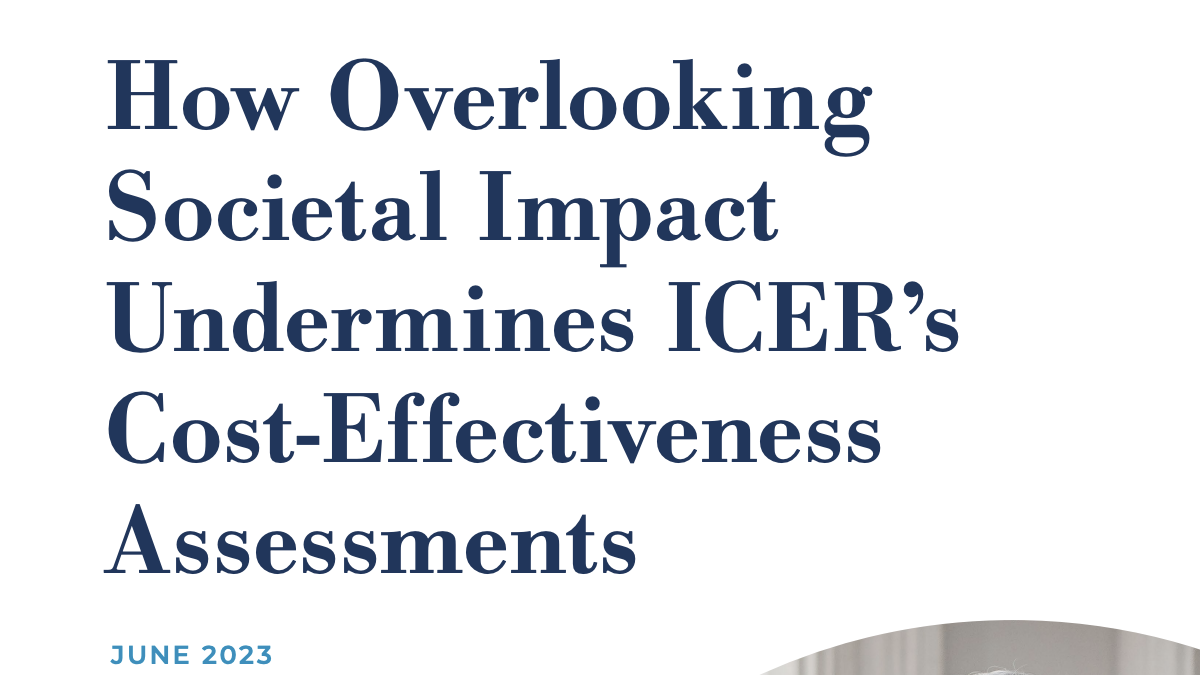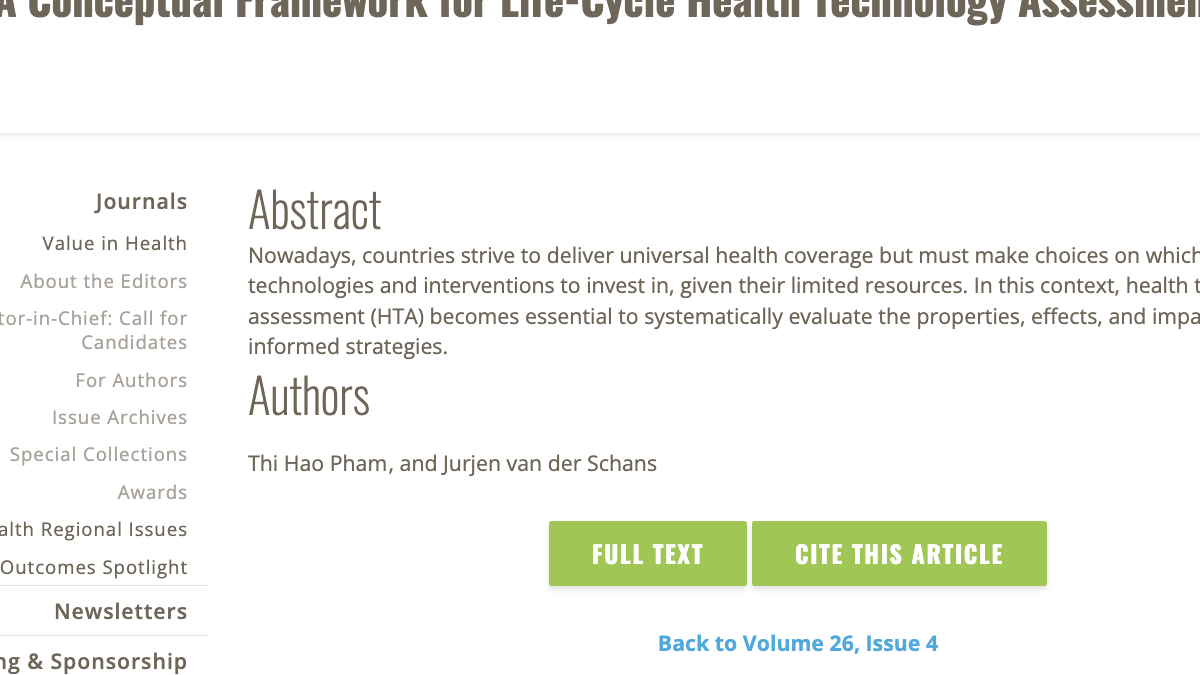What is the value of advanced medicine for a patient living with migraine? It’s not a simple question.
But this January I got to have a voice in the conversation. I joined an expert panel at a public meeting of the Institute for Clinical and Economic Review. The health economics organization examines the cost-effectiveness of FDA-approved drugs, most recently new acute medications for migraine. ICER, as the organization is known, can influence if, or how thoroughly, health insurers cover new medications.
The stakes are high for people like my patients, who don’t know when they wake up each morning if their day will be derailed by a migraine attack. I hope ICER economists, as they finalize their report on acute migraine therapies, will consider several points that I made during the panel discussion.
Migraine remains underdiagnosed and undertreated.
As economists consider the population-level costs of acute migraine treatments, they may worry about the number of patients taking expensive targeted drugs. In reality, clinicians tend to dismiss, underdiagnose or undertreat migraine disease. If our goal as a society is to get a handle on the wide-reaching impact – and cost – of headache disorders, let’s start there.
Clinicians need more tools.
Almost every clinician of every type encounters patients with a headache condition that needs treatment. For years, clinicians have hesitated to prescribe triptans because of perceived cardiovascular risk. Many patients may have suffered unnecessarily because of this trend. What patients and headache clinicians need more than anything are therapies that do not carry that perceived – and for some patients, actual – risk. Acute therapies such as those evaluated by ICER could expand clinicians’ understocked toolbox of treatment options.
Patients have settled for far too little for far too long.
I see patients who are astonished when I tell them that acute therapy should eliminate a migraine attack in 1-2 hours. Despite seeing other doctors (sometimes many) for this problem, they have resigned themselves to celebrating any relief, however minor or short-lived, as success. They have no idea that real relief is possible. They deserve to raise the bar, and to experience the migraine relief that’s possible with targeted treatment.
We also know that migraine patients end up in the ER when they cannot properly treat their attacks. This is costly, burdensome, and leads to increased prescriptions for opioids. ICER’s report did not quantify this effect, but we know it is significant.
Patients are more than data points.
Raw data tells only part of the story. I think specifically of the utility scores ICER uses, figures that quantify the medications’ value for patients. Consider migraine pain, for example. Someone with severe migraine pain might have a score of .5, meaning the pain is so severe that the patient functions like half a person. But ICER’s methods stop short of reflecting real patient experiences. There’s no utility score for nausea, cognitive impairment or phonophobia – extreme discomfort from loud noises. These are all real and debilitating symptoms for people living with migraine, and often outweigh the effect of pain itself. If an acute medication can quell these symptoms, that certainly increases its value in the eyes of clinicians and patients.
Certain aspects of my experience at the ICER meeting gave me hope. There, all together in one room, were patients, health care providers, economic analysts, manufacturers and insurers. Finding common ground does, after all, entail bringing all these voices together.
Other elements left me frustrated. While I appreciated the opportunity to speak on the panel, I couldn’t help but notice that my comments, and those of my fellow panelists, occurred after the voting panel concluded. In other words, decisions about the value of these medicines had been made before we even spoke. This appears to be their normal procedure, and they did seem to take our comments seriously. Nevertheless, the sequence of steps gave the impression that our input was an afterthought.
Examining value is important if the health care community hopes to protect access, ensure treatment and maintain long-term stability. Part of what I learned at this panel is that defining “value,” let alone modeling it long term in a complex system, is difficult. ICER is clearly advancing health technology assessments, and I am encouraged by their goals and perspective. But I am left with the impression that they should address some significant and missing pieces in their process.




